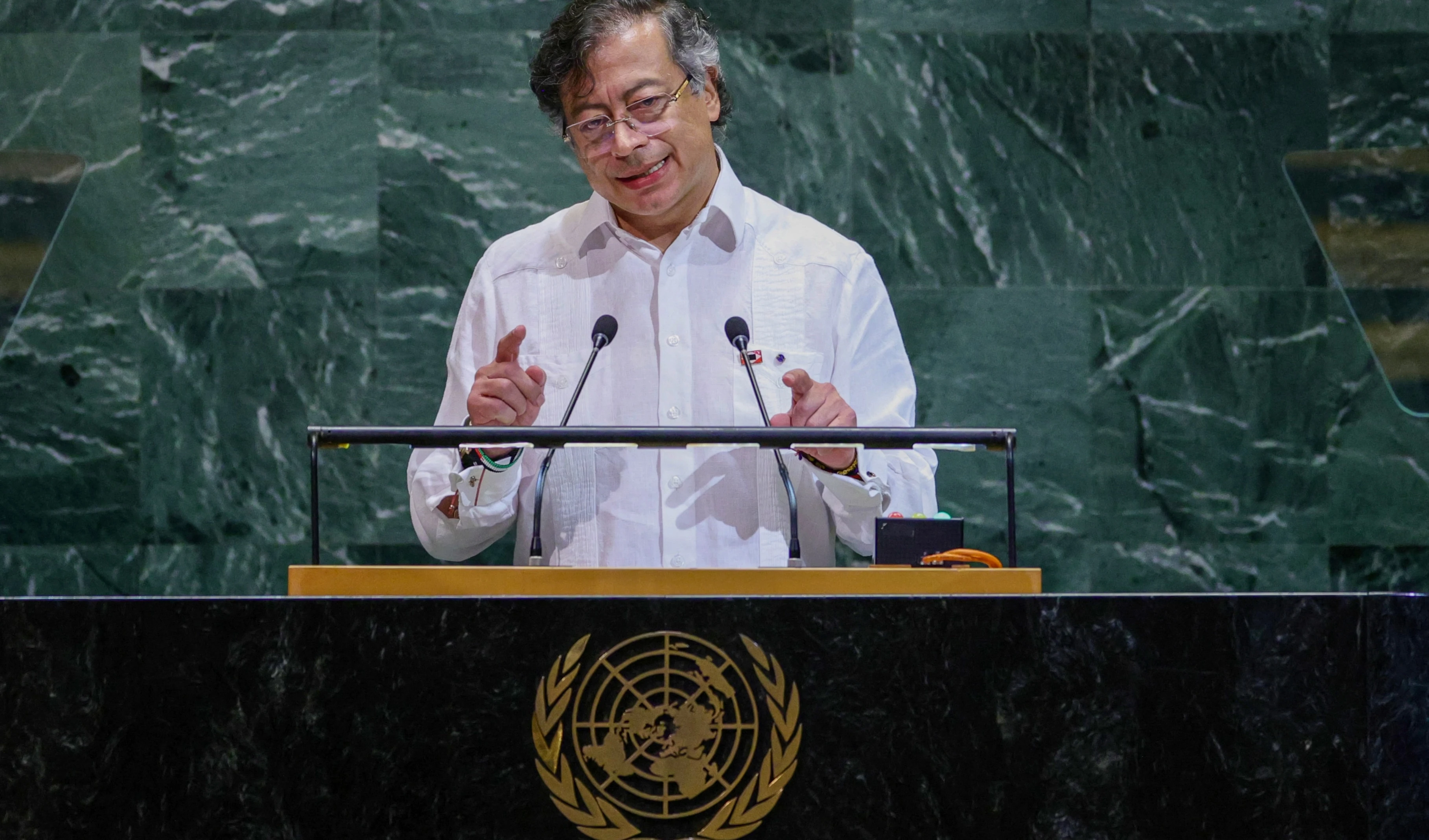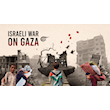Visual evidence shatters Israeli claims over attack on Gaza hospital
The Nasser Hospital massacre exposes "Israel’s" disregard for international law, as its forces struck a known press site, killing journalists and civilians.
-

This photo, taken on Aug. 13, 2025, shows Reuters videographer Hussam al-Masri, in a white shirt, standing next to his video camera covered with a towel on the outside stairs of Nasser Hospital. (AP/Palestinian martyr journalist Mariam Dagga)
A Reuters investigation into the Israeli strike on Nasser Hospital in Gaza has dismantled the occupation’s official narrative of the massacre. Visual evidence and corroborating reports reveal that the camera targeted as a supposed Hamas asset was in fact owned and operated by Reuters, routinely used by one of its journalists.
The strike on August 25 killed 22 Palestinians, including six journalists. Israeli occupation forces reportedly planned the attack using drone footage that allegedly showed a Hamas camera. However, Reuters’ findings indicate the footage actually depicted the agency’s own camera, used consistently by its reporter.
After Reuters presented its investigation, an Israeli military official admitted that troops had acted without the required approval from the senior regional commander in Gaza. “The troops acted without the required approval of the senior regional commander in charge of operations in Gaza,” the official told Reuters, acknowledging a breach of command protocol.
The day of the harrowing massacre
The day after Israeli tanks shelled Nasser Hospital, the official said the occupation’s initial review concluded that troops had targeted a Hamas camera allegedly filming them. The device, covered by a cloth, raised suspicion. “A decision was made to destroy it,” the official said.
Drone footage shows the camera on a hospital stairwell draped with a two-toned cloth. The military official confirmed this was the intended target.
Reuters’ investigation, however, revealed that the cloth was not a Hamas disguise but a prayer rug belonging to Hussam al-Masri, a Reuters journalist killed in the brutal Israeli massacre. Since May, al-Masri had positioned his camera at that spot at least 35 times for live broadcasts, often covering it with the rug to protect it from heat and dust.
Confirmation of ownership
Comparisons of photos of al-Masri with IOF drone images confirmed ownership of the targeted device. One picture, taken on August 13, shows al-Masri beside his camera, covered with the same prayer mat seen in the drone screenshot.
This investigation provides the most detailed account yet of the attack and confirms that the camera was Reuters' property. The Associated Press, which also lost a journalist in the strike, had earlier noted indications that the device "Israel" alleged as Hamas-owned was, in fact, Reuters’.
Unsurprisingly, Israeli Prime Minister Benjamin Netanyahu described the attack as a “tragic mishap". The military official claimed that al-Masri and other journalists present were not the intended targets and were not suspected of Hamas ties.
Responses and accusations
“The IDF claim that Hamas was filming Israeli military forces from Nasser Hospital is false and fabricated,” said Ismail al-Thawabta, director of Gaza’s government media office. He accused "Israel" of trying to “cover up a full-fledged war crime against the hospital, its patients and medical staff.”
Despite Reuters’ findings, the Israeli occupation has yet to explain why the strike was carried out without authorization, why no warning was issued to hospital staff or the news agency, and why a second strike was launched nine minutes later. This pattern is not new amid the ongoing Israeli genocide in Gaza, where such cases are countless.
The lack of clarity aligns with a pattern of Israeli attacks on journalists since the beginning of the war in Gaza on October 7, 2023. According to the Committee to Protect Journalists (CPJ), at least 201 journalists and media workers have been killed in Gaza and Lebanon. Since then, 193 Palestinian journalists in Gaza, and six Lebanese journalists were killed on October 7.
Investigation methodology
To investigate the August 25 strike, Reuters reviewed more than 100 videos and photos and interviewed over two dozen sources, including two Israeli military officials and two military academics with knowledge of the Israeli attack.
Twenty-two Palestinians were killed, including Associated Press journalist Mariam Dagga and freelancer Moaz Abu Taha, who worked with Reuters and other outlets. Al-Masri’s camera had been broadcasting images of strikes, ambulances, and destruction around the hospital.
Drone surveillance footage before the strike showed al-Masri’s cloth-covered camera with Dagga nearby.
Reuters and other outlets had initially shared coordinates of their reporting positions, including Nasser Hospital, with Israeli occupation forces. After repeated journalist killings, they stopped doing so.
Simple warning would have been enough
Still, Reuters stressed that "Israel" knew the hospital was a hub of media coverage. “If they had warned us, we would have prevented this catastrophe,” said Mohammed Saqer, head of nursing at the hospital.
Analysis of metal fragments confirmed that Israeli-made 120 mm tank shells were used, rounds disproportionately powerful for destroying a single camera in a hospital stairwell. The Israeli occupation has also failed to explain why a second strike was carried out minutes later, hitting journalists and first responders.
Occupation protocol reportedly requires senior approval before striking near civilian facilities. At Nasser Hospital, authorization should have come from Maj. Gen. Yaniv Asor, head of Southern Command, but troops bypassed the requirement.
The Nasser strike echoes previous cases, such as the killings of Al Mayadeen's cameraman Ghassan Najjar and broadcast engineer Mohammad Reda in October 2024, Al Mayadeen's correspondent, Farah Omar, and cameraman Rabih al-Me'mari in November 2023, Reuters journalist Issam Abdallah in Lebanon in 2023, and Al Jazeera correspondent Shireen Abu Akleh in 2022. In these cases, "Israel" initially denied responsibility and never issued full explanations.
Accountability gap
While "Israel" says it does not deliberately target journalists, CPJ has found no credible evidence to support Israeli claims that reporters killed in Gaza and Lebanon were militants. In the Nasser case, "Israel" released names of six alleged “terrorists", but Reuters determined several were hospital staff, visitors, or rescuers, and one had been killed elsewhere.
The Nasser Hospital strike underscores systemic failures in authorization, execution, and accountability. Despite clear evidence, the Israeli occupation forces have not fully explained their actions, leaving unanswered questions about why a Reuters camera and the journalists beside it became the target of deadly Israeli fire.
Read more: 'Israel' killing Palestinian journalists won't bury truth: Hamas

 6 Min Read
6 Min Read











